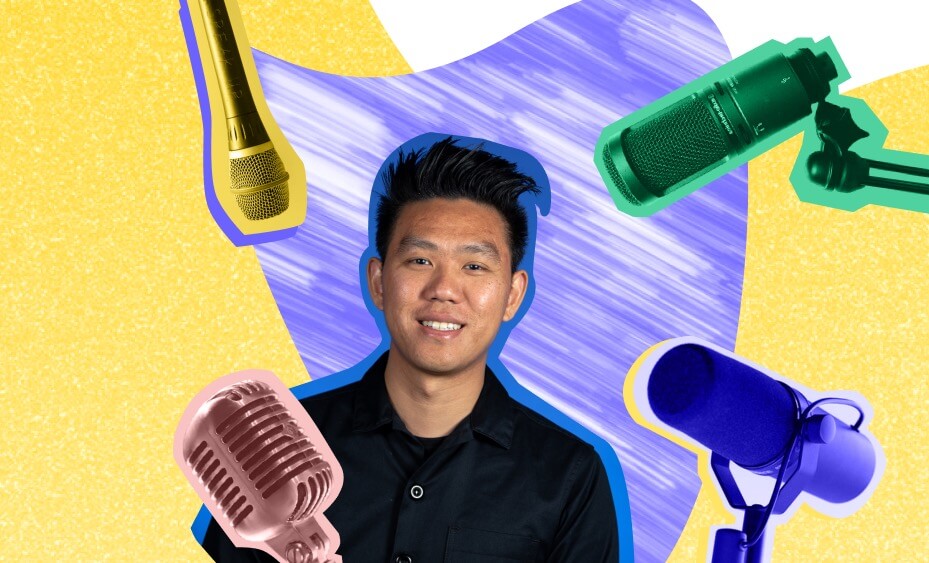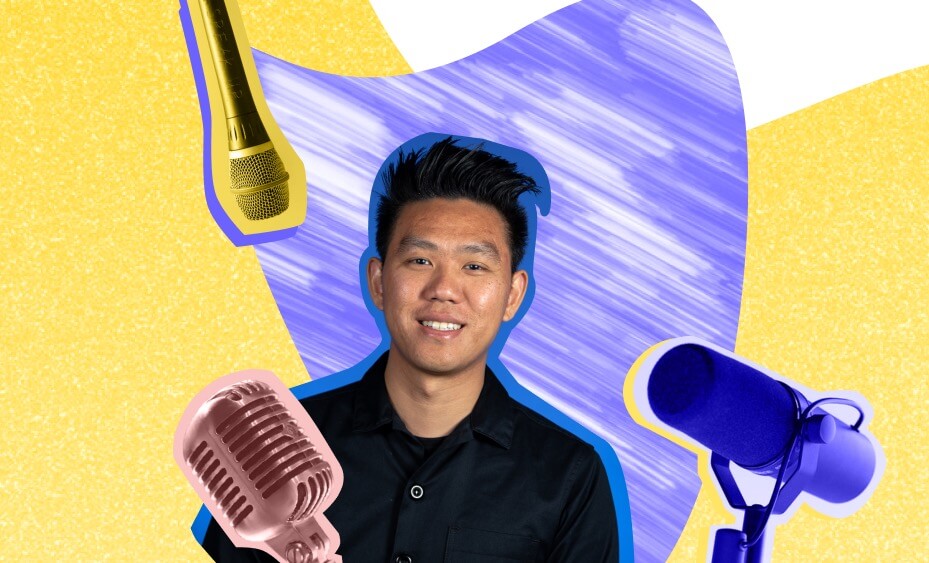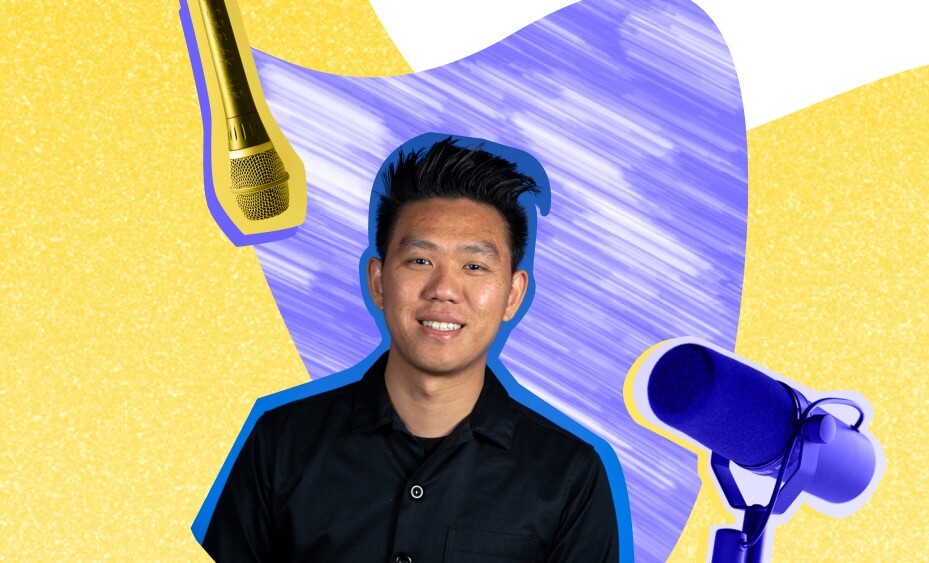Rethinking Career Goals: Changing Careers by Jon Wood on October 24, 2020
7 Min Read
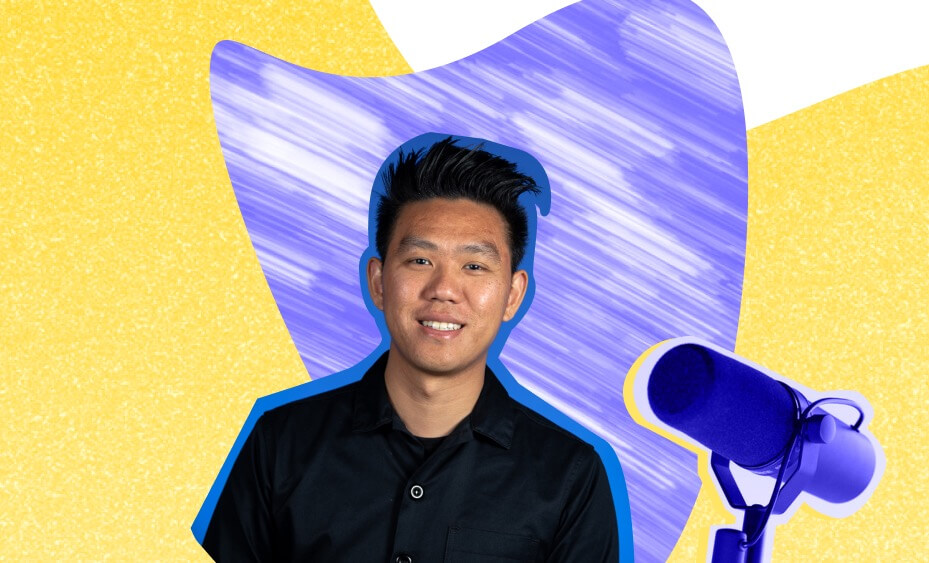
This is the first in a series of posts comprised of selections of a podcast Jon was on by the fine folks at Keming.io. Give it a listen in the player below, or read through at your leisure.
Keming Profiles is a podcast about design careers in tech. Join us as we interview design practitioners about how they got into design, how they advanced in their careers and what they learned along the way. Whether you're a designer just starting off in your career or a design leader eager to understand the talent that you want to attract and retain, we hope these stories you hear are inspiring the advice, insightful and all of it practical enough to apply to your own job search for career advancement.
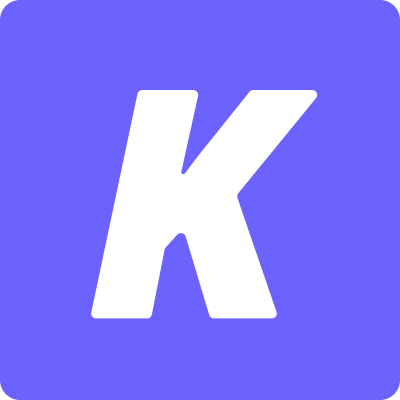
Jon, thanks for taking the time, we're really excited to learn more about your story, how you came into design — I'd love to get a 30 second take down of who you are and what you do today.
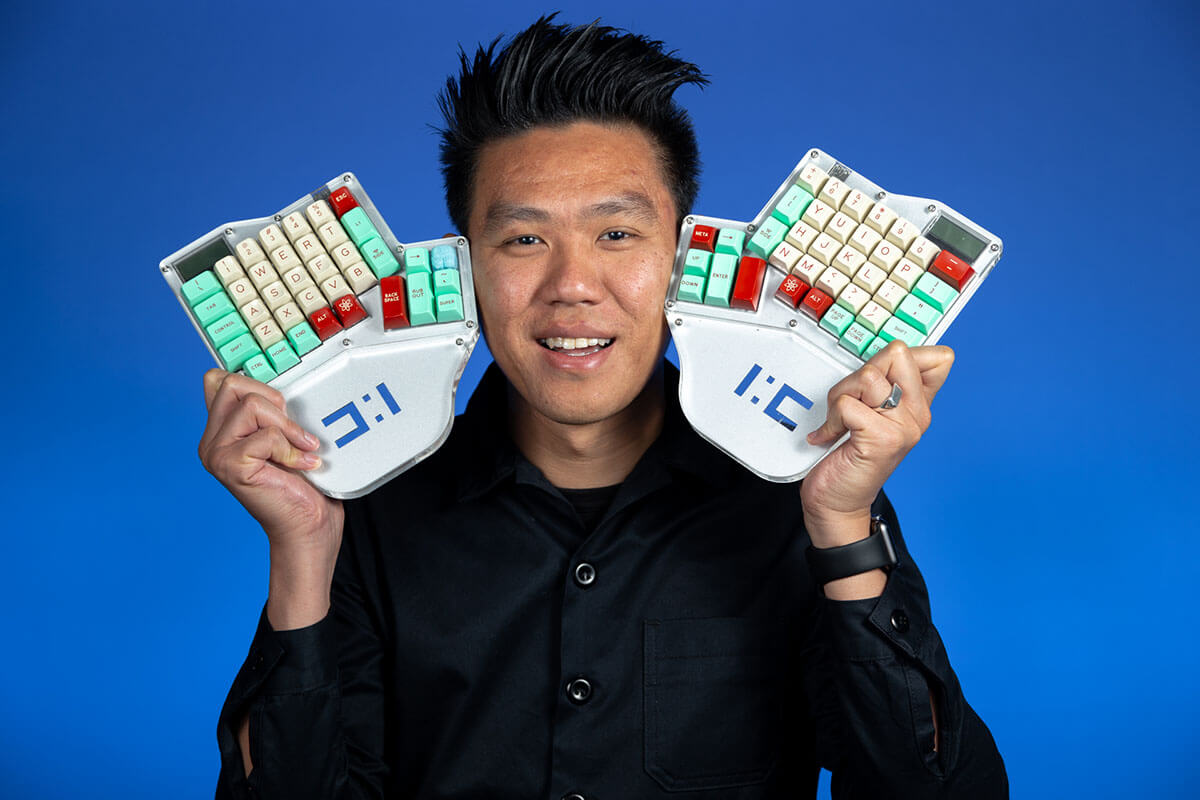
Glad to be here — I'm a product designer at Liferay. I've been there for a year and a half now and it's been fast. Obviously with quarantine, things are just in a weird funk. But I'm really enjoying how I get to work with enterprise customers and being able to work on our internal products and also just with helping other enterprises get to the solutions that they need.
Before this, I was working at a startup, multiple startups, all early stage ventures. The last one I was at was in the real estate tech space. I feel like I've definitely like jumped into different worlds going from startup to enterprise, but really enjoying just the different perspectives, I've learned so much.
Pivoting from education to design

Before you were in design, you taught European history for five years. Talk to us a little bit about what that experience was like and what kind of led you to make this shift away from that into design.

Right. So my undergrad studies was in sociology. I got a minor in education and I felt like, there's something out there to always learn and I feel like I'm growing and I want to help other people experience that.
I felt education was very meaningful and I wanted to try it out — to communicate in order to allow people to have a better understanding of whatever they need to to learn. Straight out of college, went into the classroom and it was a very rewarding job.
There's such a unique role in education, such a huge need, as we know today in our society. But I think that it was just more of the day to day responsibilities of teaching the same content and also a lot of grading, just like things about teaching that are a problem. I think edtech (education technology) was on the rise and that's still like my hope is to contribute to there because I feel like it's it's a great problem to solve.
But my transition was just thinking about, like, man I love technology and I want to build something. But I'm a teacher, I'm kind of like working for myself and I'm learning from my students, but I'm on my own. I don't have a team in the same way I can collaborate. And some of my friends, like you, were able to to work on projects and build software and build solutions that improve people's lives. And I'm like, I want to do that. And I need to figure out how I can do that, because my skills are not coding. I'm not a very artsy person, my business experience is lacking. And so, like, what can I do so that a ton of research and to my knowledge and what people would speak about me is that like I'm a pretty organized person and I like to plan things and says, like, OK, we are going to like project management, maybe it'll be a business analyst. Maybe I'll do something where it's like a business role. I don't really know. And then I came across product management.
At that time, five, six years ago and not many people knew of the differences between product and project. And still, there is a lot of confusion there. But I did feel like product management was a great opportunity.
It requires the individual to sit between engineering, business, and design and come up with a strategy and to execute on what that direction should be and leading a product. And I felt like, you know, in many ways you had to come up with a plan and lead. And that's what I did it as a teacher in the classroom. And I felt like I could do that with other people. The requirement of product is not necessarily to be knowledgeable in all disciplines. It's being able to get the team together to collaborate and move towards that vision.

I'd love to know a little bit about your experience, pursuing that transition and then kind of what came next in terms of like you're a teacher, you figured what was next for you, given kind of the range of strengths and weaknesses and interests that that you have. Product management was the next step. What came next once you made that decision?

It's a tough decision, I think, for everyone that's considering a career change, like this is all I know. Can I make it? Is it going to work out? You're not going to have a guarantee of saying like "absolutely".
You'll have a support group, people in your corner, but there's no handouts. There's no guarantee about it. But you have to be scrappy, be hopeful about it. Once I made the decision, I was just like, OK, well, there's no turning back because I literally resigned. I wasn't laid off but I'm unemployed and now I'm going to start applying like crazy. And I do.
Basically where I was given an internship, I took it because as much as I wanted like a full time role doing some type of, like, product management, I just didn't have any opportunities at all.
I took a part time course, General Assembly, for product management, and it had a good overview. And I felt like like you can't really get a degree in product management. It's not quite how that works. You need the experience and you ship something really is what I was getting. And I remember I would basically reach out to my network of friends who were in the tech industry and asking them, like, yeah, can you connect with anyone? I like hate networking, but I just needed conversations. I needed to get my feet wet. I needed to get going and I had to push myself just a bit. I could have pushed myself more, but I was just trying to see with just what was out there at first. And the internship was where my first opportunity came. It was a unique opportunity in the sense where the position was an internship to work at a startup, and the founder actually said, "hey, you know, I want you to actually look into being a UX designer." I was like — "wait, I'm here for a product position", ironically he's the one who trained me to be a product manager.
My take on it was — getting into the tech industry or getting into product, people come from business, from design and from engineering. So it doesn't matter. You can get into product in any way. So I was like, you know, I'm not going to be picky about it. I'm going to try it out and see what's out there and see what I can learn.
Weaving together experiences and skills

Where are the common threads for you? How does your teaching experience influence your work as a designer today? What are the principles that you carry with you and maybe even tactics?

As designers, ultimately we have to be user centered, people centered, human centered. And being a teacher, you're around humans. You're around a lot of individually unique, you can call them users, but they were my students.
And I was doing the day to day teaching of planning my lesson right. Executing it and then reflecting and then iterating And so what I was actually doing was I was designing an experience and a service just in a classroom setting around certain content and curriculum. Looking back, I can see that like, in every work setting where you're working with people, if you're thinking about like who is this person? What are their needs?Or who is this group and what are their needs you are designing, maybe on the fly, maybe you are doing some planning, maybe you are writing some documentation, maybe doing some reflection and iterating on your solutions, you are designing.
And I don't think that Design equals software and producing mockups. Design is about providing a solution for whatever problem a person is facing. I didn't have that foresight saying, hey, I'm a teacher and I could do this The way I approach it was like there is a goal that we had when I was a teacher, like I need my students to learn this information, right? And so I saw it from maybe just like a user flow in general, like I had to know what what their needs are and that had to plan it out. And then I had to execute it. But I didn't have this full holistic understanding of how I was actually doing use and or design without knowing it. But I can say that now, looking back, because I have so much more experience as a designer. But at the beginning, I was like, you know what? if you're, doing your job no matter what industry, you're thinking about, like, OK, what do I need to do today? How am I going to get there? Who do I need to involve? Who do I need to communicate to? How can I help them? These are things that designers are thinking about that are going through a medium of a platform or some type of app or something like that.
Stay tuned for the next part!
